Phu Tay Ho
Overview
Located approximately 4 kilometers west of central Hanoi, Phu Tay Ho is set on the tranquil peninsula of Nghi Tam village in West Lake, Tay Ho district. Recognized as one of the foremost sacred sites in Hanoi, it draws numerous travelers with its stunning landscapes and serene atmosphere. Beyond its religious significance for locals, Phu Tay Ho is a custodian of the historic values of the capital's millennia-old culture.
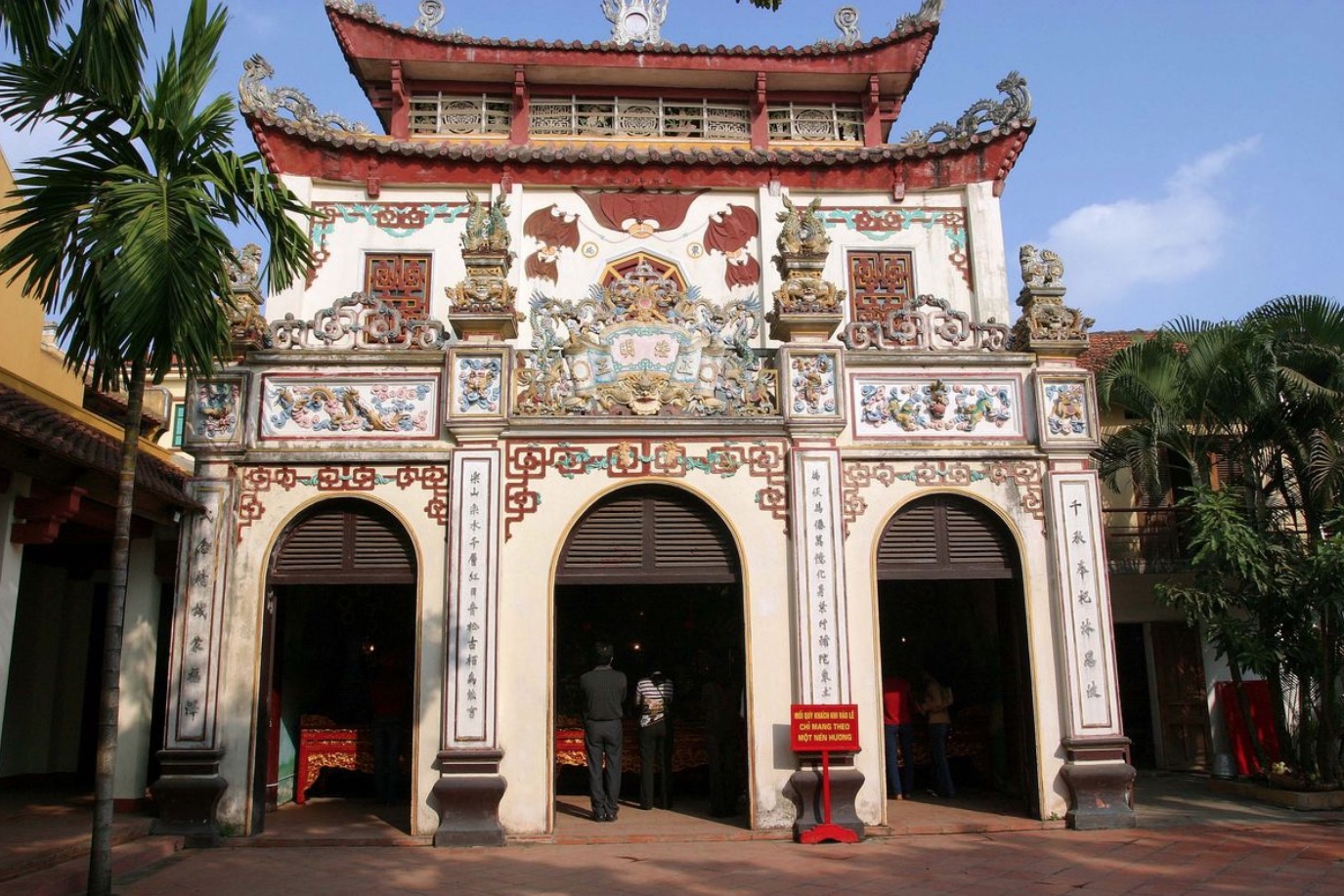 Photo by @Khánh Ly
Photo by @Khánh Ly
(In Vietnamese, “Phu” is commonly understood to mean “temple,” specifically referring to those honoring the Mother Goddesses of Vietnam).
Ancient Tale of Phu Tay Ho
Phu Tay Ho was established in the 17th century as a tribute to Princess Lieu Hanh, one of the four legendary figures in Vietnamese mythology. She holds a revered position within the Mother Goddesses cult (Đạo Mẫu), a prominent local spiritual tradition in Vietnam, ruling the celestial realm.
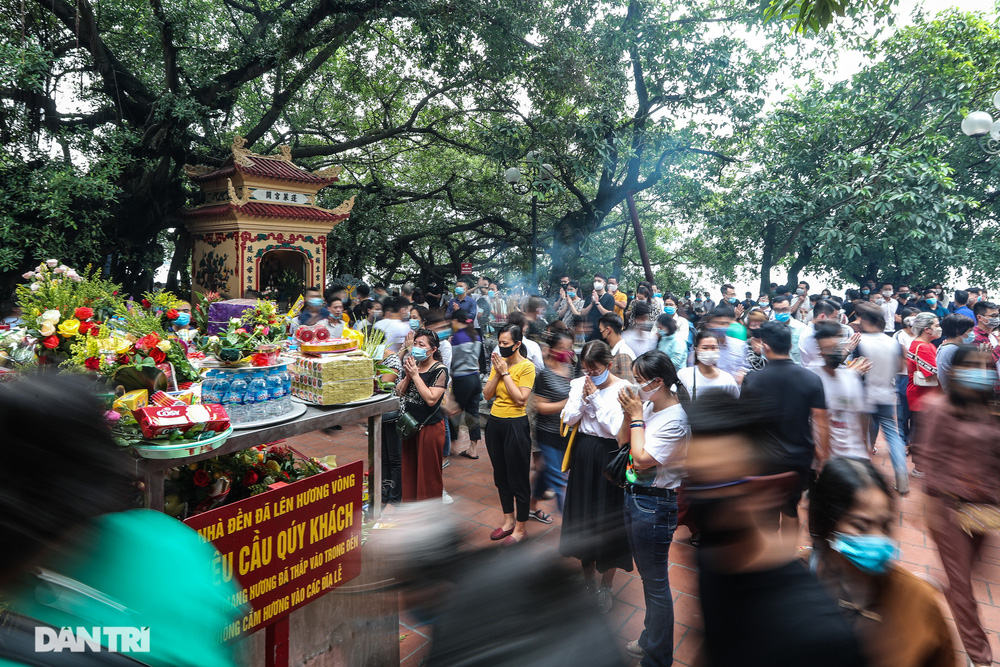 Photo: dantri.com.vn
Photo: dantri.com.vn
According to folklore, she was once Princess Quynh Hoa, the beloved daughter of the Jade Emperor. After accidentally breaking her father's treasured cup, she was cast down to earth, taking on the name Lieu Hanh.
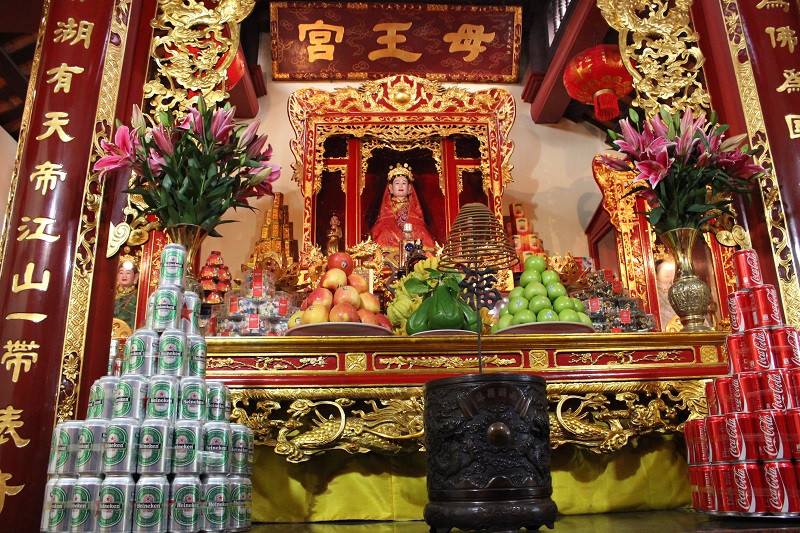 Photo by @Truong Hong Duc
Photo by @Truong Hong Duc
During her earthly sojourn, she fell in love with the enchanting beauty of Tay Ho and chose to make her home on the peninsula. As she lived among the locals, she became a protector, warding off dangers and malevolent ghosts. Her legend tells of a fateful meeting with Phung Khac Khoan (known as Trang Bung) on a boat trip. Their camaraderie blossomed through poetry and appreciation of the lake's natural beauty. However, her time on earth was fleeting. When Phung Khac Khoan returned after a visit to Hue, he found she had departed. To honor her memory, he and the community erected a temple in her name. This marks the origin of Phu Tay Ho, which is currently managed by the Tay Ho local government.
The Beauty of Structure and Architecture
One of the most striking features of Phu Tay Ho is its grand three-gate entrance, intricately carved with three entrances and two stories. This architectural style is reminiscent of other Mother Goddess temples and showcases the traditional 19th-century design prevalent in Northern Vietnam.
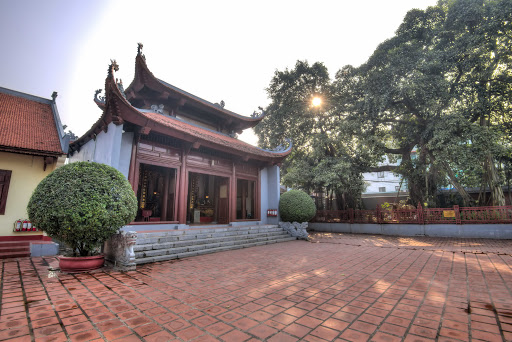 Photo by @Toan Dung Media
Photo by @Toan Dung Media
The main section of Phu Tay Ho is composed of three smaller temples, with the largest being the front house. Inside this front house is the statue of Mother Goddess Lieu Hanh, while other notable structures include the Fang Pavilion (Phuong Dinh), Son Trang Palace, Co-Floor, and Cau Pagoda. Every aspect, from the grand gate to the walls, is exquisitely crafted. The temple also houses numerous antiques, including painted doors, votive altars, and royal seats, all echoing the intricate styles of the 19th century.
Best Time to Visit
The annual Phu Tay Ho festival takes place from the 3rd to the 7th of the third month in the Lunar calendar, honoring Princess Lieu Hanh. A key highlight of the festival is the goddess's palanquin parade, which winds through Yen Phu Street, Co Ngu Street, Quan Thanh Street, Hang Dau Street, and concludes at Nghia Lap Temple. During this period, the temple throngs with pilgrims and visitors seeking blessings for health, peace, and prosperity. The festival also serves as a vibrant celebration featuring traditional music, dance, and poetry contests, all set against a festive atmosphere.
Opening Hours
Phu Tay Ho welcomes pilgrims and tourists every day from 5:00 AM to 6:00 PM, extending its hours to 9:00 PM on the 1st and 15th days of each Lunar month. During Tet (Lunar New Year), it becomes a popular destination for locals who visit to offer incense and votive gifts, seeking health, peace, and fortune. For those who may not wish to partake in prayers, the temple provides a peaceful spot to relax and enjoy the stunning views of the lake.
Useful Information
- Location: Phu Tay Ho, Hanoi
- Best for: All visitors
- Entrance: N/A
- Hours: 9:00am - 5:00pm
- Distance to city center: 3.4km (2.1 mi)
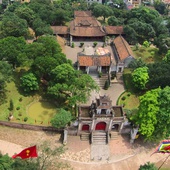
Co Loa Citadel
Being a cultural heritage, a testament to the creativity and technical skills of the old Vietnamese, Co Loa Citadel is definitely an ideal tourist destination that visitors cannot ignore when visiting Hanoi.
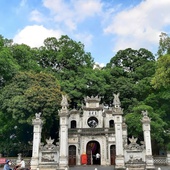
Quan Thanh Temple
Located on Thanh Nien Street, Quan Thanh Ward, Ba Dinh District, Hanoi, Quan Thanh Temple is a Taoist temple and known as one of Hanoi’s four sacred temples which were built to worship four protectors in four directions.
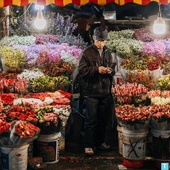
Quang Ba Flower Market
Without the normal hustle and bustle of normal markets, Quang Ba Flower Market is charming in its own way.








